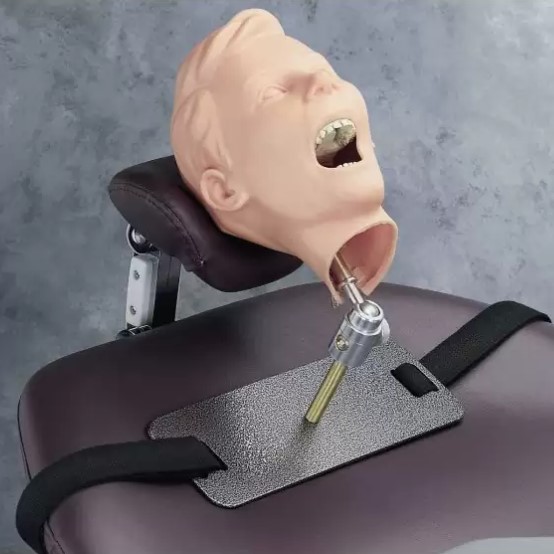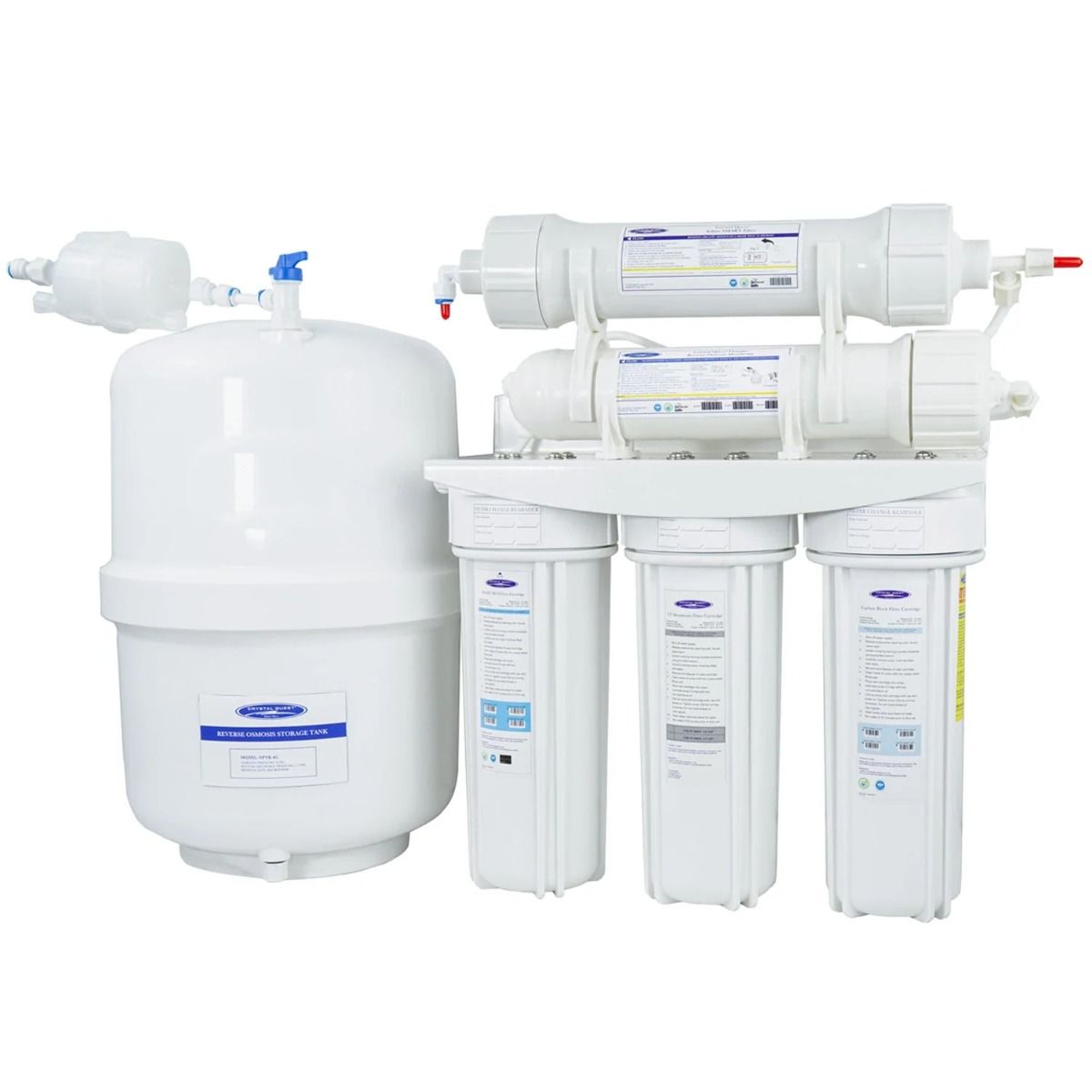How Dental Manikins Prepare Students for Real-World Scenarios?

In the era of dental education, dental manikins play a vital role in transforming conventional training. Dental manikins offer practical knowledge to equip students with the necessary skills and confidence to treat actual patients. Like various other manikins, dental manikins mimic the human dental anatomy to train dental students in a risk-free environment. By doing so, dental manikins bridge the gap between theoretical knowledge and real-world clinical scenarios. Moreover, these manikins provide a safe and controlled environment for students to work on their skills and prepare them for the complexities and challenges of treating actual patients. In this article, we'll discuss the role of dental manikins in shaping the future of dental education, highlighting their features and benefits. So, are you ready to learn about them? Then, let's get started!
What are Dental Manikins?
A dental manikin is a replica of a human head and teeth that allows trainees to practice dental care procedures. Dental manikins come in various ranges, such as tooth extraction simulators, child dental manikins, general phantom head models, and more. With the rapid technological advancements, dental manikins have also evolved with more innovative simulating features, such as:
Replaceable Teeth: Many modern manikins feature replaceable teeth that vary in size, shape, and angulation. They replicate the natural dentition of human teeth. Using these manikins, students and professionals can practice different procedures on distinct tooth types, such as missing teeth and improper alignment.
Real Human Tissue: The gums and surrounding soft tissues of manikins are designed with materials resembling real human tissue. This provides a realistic feel for students practicing procedures like managing soft tissue, injecting medicine, etc. Regularly practicing on the soft tissues improves tactile skills in students for successful clinical practice.
Articulated Jaws: Manikins also feature the replica of a human's upper and lower jaws, allowing students to practice procedures such as diagnosing bite issues, planning treatment, simulating a patient's jaw movements, designing dental restorations, etc. This empowers trainees to understand the biomechanics of the jaw for many dental procedures.
Saliva Simulation: Some advanced manikins feature saliva and fluid simulation to add a more realistic experience in training. Managing saliva and fluid is another challenge in dental procedures. So, students must learn how to manage it by practicing on manikins offering saliva and fluid simulation features.
Landmarks: Manikins feature anatomical landmarks such as teeth and temporomandibular joints to help students understand oral anatomy. Continuous practice on these landmarks prepares students for safe and effective real-time dental treatments.
What Type of Procedures Students Can Practice on Manikins?
Dental anatomies allow students to practice a wide range of clinical procedures, such as:
● Students can practice cavity preparation, filling placement, and other restorative procedures on teeth. With this, students can also learn how to use hand instruments effectively without risking the patient's overall mouth condition.
● Students can learn and implement procedures to diagnose periodontal disease, which is a tissue infection.
● Manikins can be used to practice tooth alignment, prevent tooth decay, gum disease, underbites, overbites, and crossbites, and improve overall smile and appearance.
● Trainees can practice tooth extraction using forceps, elevators, and other surgical instruments in a safe and controllable environment.
● Root canal therapy can also be practiced on a manikin to train students on how to access the pulp chamber, remove infected tissue, etc.
Benefits of Practicing on Manikins
Regular practice on manikins offers several benefits to both new learners and professionals. Let's take a look at some of the advantages:
● Risk-free Environment: Manikins allow students to practice in a safe and controlled environment by reducing the need to practice on real patients.
● Crucial Skills: By continuously doing practice, students can develop new skills and refine their existing skills for complex clinical scenarios.
● Opportunity to Learn: Manikins are a great opportunity for new learners to understand dental procedures, implement their ideas, and improve in areas where they lack.
● Repeated Practice: Students can repeat practice on manikins as many times as they can to achieve proficiency in their field.
● Cost-Effective: While the initial cost of spending on manikin seems high, their realistic features and benefits to improved patient health and developed skills pay off the investment
● Reduced Patient Anxiety: Students' increased confidence and competence empower them to treat real patients correctly, reducing anxiety and improving the overall experience.
We have discussed the six incredible benefits of practicing on manikins. I hope this provides you with a clearer understanding of their importance.
To Summarize
In the end, dental manikins are a significant advancement in the ever-evolving medical education landscape. By providing innovative features to allow students to practice complex dental procedures, their role bridges the gap between practical and theoretical knowledge. Furthermore, their ability to provide a risk-free environment, develop crucial skills, allow for repetitive practice, and more benefits are impactful. With the continuous advancements, it can be expected to see many more cutting-edge manikins that will take dental training to a very higher level.
Note: IndiBlogHub features both user-submitted and editorial content. We do not verify third-party contributions. Read our Disclaimer and Privacy Policyfor details.



